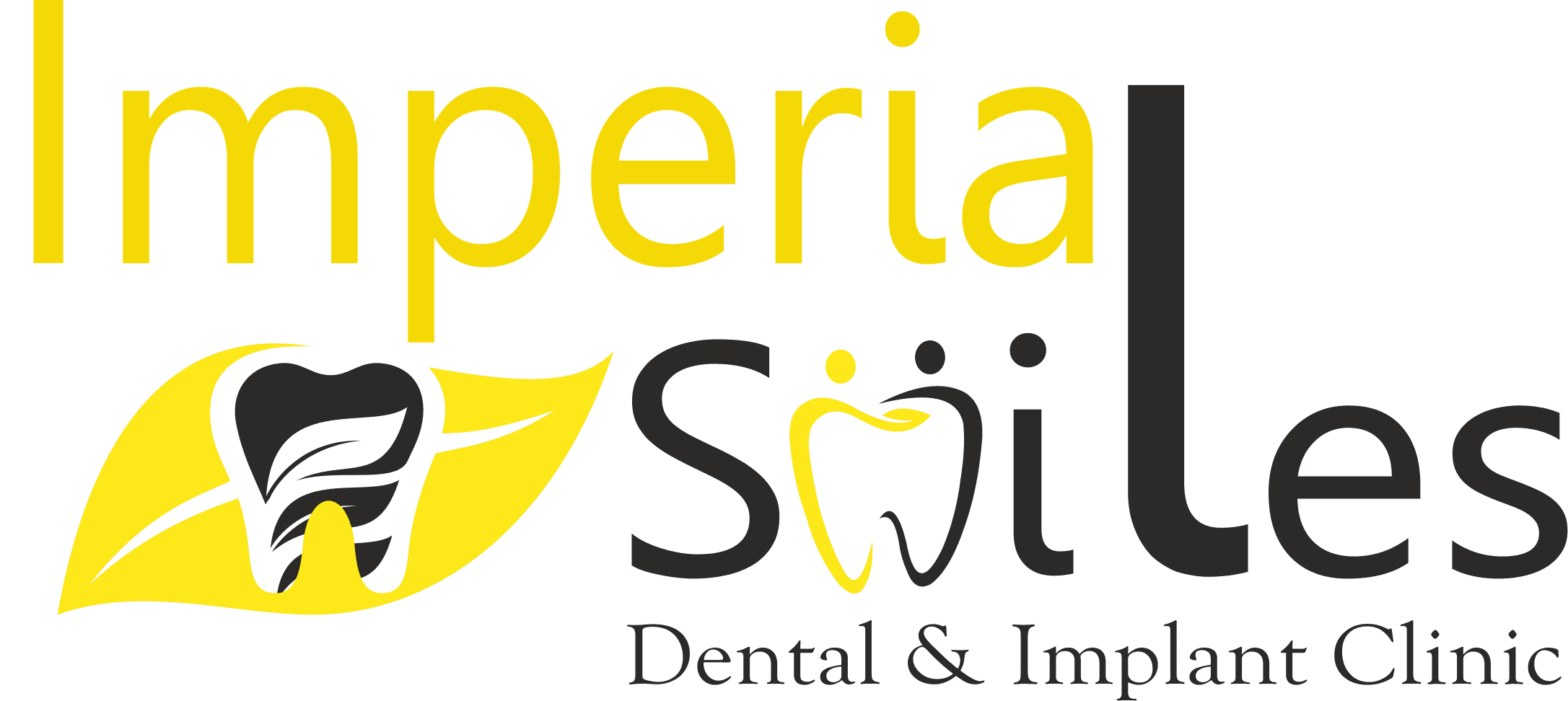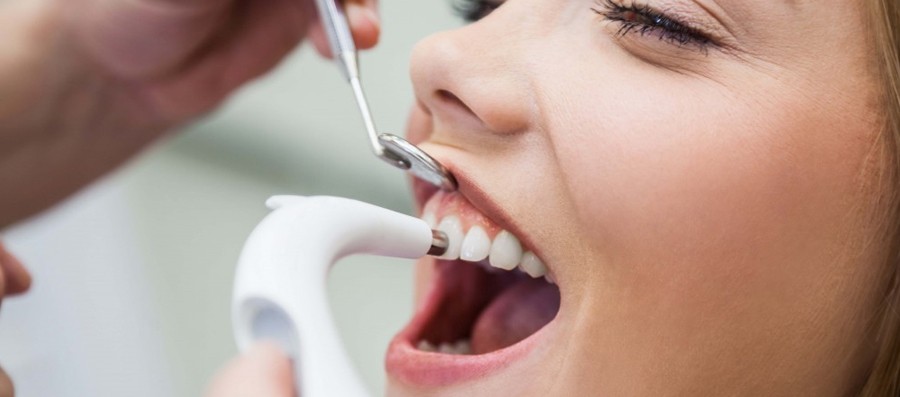What is Minimally Invasive Dentistry?
Minimally invasive dentistry (MID) is an evidence-based approach to treating early and moderate caries lesions that aims to stop caries while preserving as much tooth structure as possible. The intervention strategy includes early detection of caries lesions, a comprehensive caries risk assessment, clinical decision-making, and a personalised care plan. Minimally invasive dentistry is based on the objective of conserving the natural structure of the tooth as much as possible. This concept basically embraces all aspects of dentistry. Caries excavation strategies vary from patient to patient depending on the caries risk, proximity and vitality of the lesion pulp, the health of the supra gingival tooth structure along with clinical factors such as moisture control, access and so on.
Frequently Asked Questions
What are the uses and applications of Minimally Invasive Dentistry?
Minimally invasive dentistry (MID) consists of professionally conducted non-operative procedures and tooth-preserving operative care, is used to treat early enamel lesions and lesions in the outer parts of the dentin. MID can help both primary and permanent teeth. Just a few examples include fissure sealants for early occlusal lesions, resin infiltration, proximal surface grinding, a traumatic restorative treatment (ART), and stainless steel (Hall) crowns.
What is the Golden Triangle of MID?
To achieve clinical success when using a minimally invasive operative caries management strategy, a thorough understanding and appreciation of the interplay between three critical factors are required (MI OCMS):
- The histology of the treated dental substrate
- The adhesive materials used to restore the cavity’s chemistry and handling
- Consider the various operative techniques that can be used to excavate caries with the least amount of effort.
The dental practitioner will be able to embrace the modern oral physician’s biological approach to operative caries management, rather than the surgeon’s mechanistic efforts of preparing cavities of a predetermined shape, governed primarily by the properties of the chosen restorative material rather than the actual histopathology of the disease process and resorption.
How is Minimally Invasive Dentistry different from other dentistry?
Micro dentistry or minimally invasive dentistry aims to preserve healthy tooth structure. It emphasises preventative dentistry, remineralisation, and minimal dental intervention.
- Minimally invasive dentistry uses scientific advances to allow dentists to perform the least amount of dentistry possible while never removing more tooth structure than is necessary to restore teeth to their original state.
- Furthermore, in minimally invasive dentistry, dentists use long-lasting dental materials that preserve as much tooth structure as possible, reducing the need for future repairs.
Advantages of MID
- It’s a completely painless procedure.
- A safe and effective alternative to general anaesthesia is local anaesthesia.
- Vibration and pressure do not cause microfractures, which weaken teeth.
- Because no heat is generated, the dental pulp is not damaged and only a small amount of healthy tooth structure is removed.
- It is comparably less expensive.
Disadvantages of MID
- Controlling the level of preparation is difficult.
- It should be used with caution near soft tissues because it can cause surface injuries.
- The preparation does not produce a well-finished surface;
- Air abrasion can cause subcutaneous emphysema.
Book an appointment at Imperial Smiles Dental and Implant Clinic.





